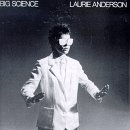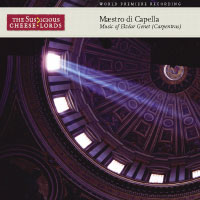So BlogCritics is doing its first critics’ poll for the best music of 2002, and as a registered BlogCritic I’ve submitted my ballot. (It was harder than I thought, mostly because there’s no authoritative list of which I’m aware for what music was actually released in 2002.) Anyway, for the curious, here’s my list (five nominees, tops, in each category):
album of the year
- Sea Change, Beck
- (), Sigur Ros
- Murray Street, Sonic Youth
- Blacklisted, Neko Case
- Yankee Hotel Foxtrot, Wilco
song of the year
- 45, Elvis Costello
- Deep Red Bells, Neko Case
- Disconnection Notice, Sonic Youth
- All We Have is Now, Flaming Lips
- Fell in Love With a Girl, White Stripes
songwriter of the year
- Beck
- Tom Waits
- Neko Case
- John Vanderslice
rock album
- One Beat, Sleater-Kinney
- When I Was Cruel, Elvis Costello
- White Blood Cells, White Stripes
- Blood Money, Tom Waits
- Life and Death of an American Four-Tracker, John Vanderslice
country/Americana album
- American IV, Johnny Cash
- Blacklisted, Neko Case
- Yankee Hotel Foxtrot, Wilco
- Jerusalem, Steve Earle
r&b album
- Don’t Give Up on Me, Solomon Burke
- Higher Ground, Blind Boys of Alabama
- Power in Numbers, Jurassic 5
jazz album
- Footsteps of Our Fathers, Branford Marsalis
electronic album
- 18, Moby
- Kinda Kinky, Ursula 1000
soundtrack album
- About a Boy, Badly Drawn Boy
- Long Walk Home (Music from the Rabbit Proof Fence), Peter Gabriel
best re-issue or compilation [box sets, re-mastered, or bonuses]
- Nirvana, Nirvana
- Best of 1990-2000, U2
best new artist
- Interpol



